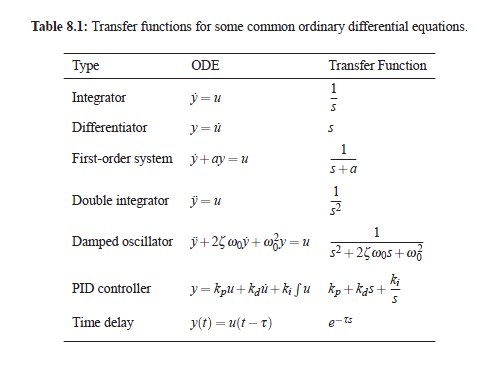I like a lot of the ideas in the homework, but it definitely can be better. Honestly it is pretty easy right now, but some parts are confusing. But I really enjoyed people's answers and i thought that it was tricky in the right ways. It made me happy to see their answers.
The ICA part was hard because I was a jerk and did it in python, and the mac kids had problems. But, I think its a really good exercise and theres a lot more to explore. I had them just add noise and see what happened, and i made algorithms to match up the ICs and print out the cost. i wanted them to come up with some more things, but nothing too fancy. They could also change the mixing matrix such that they had more or less microphones to actually see what happens.
I realize now that I had no idea how to use fastica for the image analysis. The problem was that it is not like PCA at all, and I just assumed that it was. It is interesting because the ICs are scalar-invariant. So they come out in no particular order and there's nothing that says how important they are -- there are no eigenvalues. I don't quite understand why they don't get sorted by whatever it is they're optimizing -- their non-gaussianity. Fastica is supposedly doing some optimization, so why don't each of the components have an optimization value, can't you sort by that?
The other useful thing would be to find the mixing matrix. It wouldn't really be that hard -- its basically fitting the microphones with the ICs, but maybe there are better and worse ways... I just did a linear regression to see which ICs matched up with the original components. I guess if you just matched them to the data, wouldn't it come out to an exact mixing matrix?
I realize now that I had no idea how to use fastica for the image analysis. The problem was that it is not like PCA at all, and I just assumed that it was. It is interesting because the ICs are scalar-invariant. So they come out in no particular order and there's nothing that says how important they are -- there are no eigenvalues. I don't quite understand why they don't get sorted by whatever it is they're optimizing -- their non-gaussianity. Fastica is supposedly doing some optimization, so why don't each of the components have an optimization value, can't you sort by that?
The other useful thing would be to find the mixing matrix. It wouldn't really be that hard -- its basically fitting the microphones with the ICs, but maybe there are better and worse ways... I just did a linear regression to see which ICs matched up with the original components. I guess if you just matched them to the data, wouldn't it come out to an exact mixing matrix?



